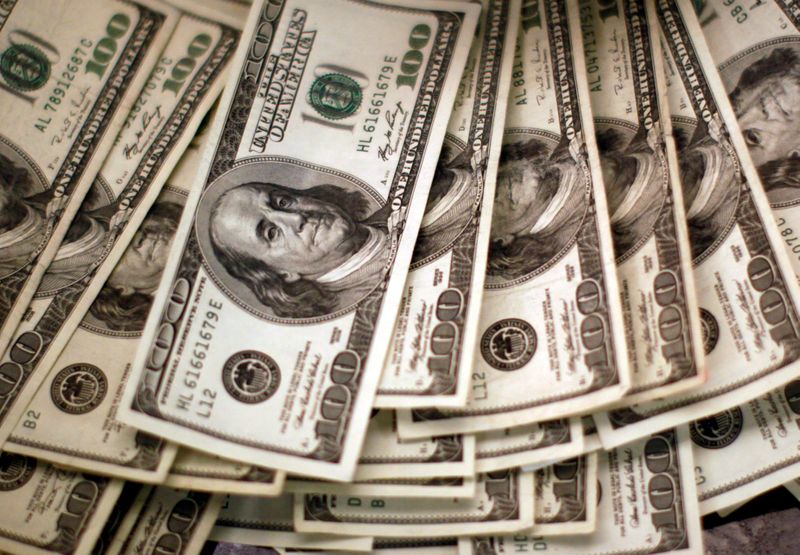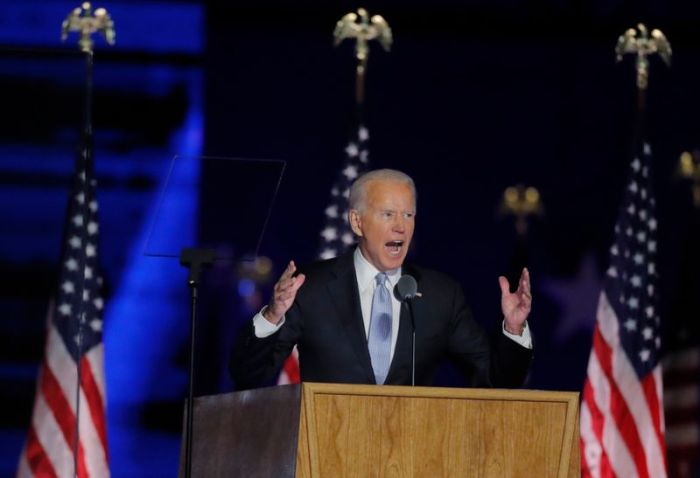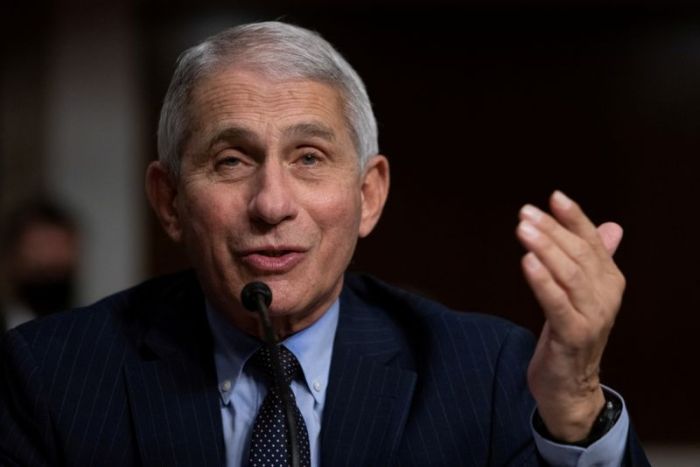NEW YORK (Reuters) – The dollar held steady on Thursday as investors were cautious over expectations about a COVID-19 vaccine that is unlikely to avert a grim winter in the United States and Europe as the pandemic’s latest wave intensifies.
The dollar index <USD=> was up 0.01% in New York, after having rebounded a little in London from lows during Asia trading.
The latest U.S. weekly jobless claims report did not budge the dollar when it came out on Thursday morning. The report showed the pace of decline in claims had slowed to 709,000 compared with 757,000 the prior week and forecasts for 735,000 claims.
The markets found no new direction from assorted comments by central bankers from the U.S., Europe and Britain at mid-day on a panel. They welcomed the encouraging results in vaccine trials but stressed that the economic outlook remains uncertain.
“There is a nervous calm in the capital markets today,” said Marc Chandler, chief market strategist at Bannockburn Global Forex.
While prices are not charting a new direction, nervousness stems from the outlook for the coronavirus pandemic, central banks’ future interest rate policies and the transition from last week’s U.S. presidential elections, Chandler said.
The questions come amid possibly shifting views about the U.S. dollar’s role as a safe haven or as a ticket to gains from a strengthening global economy, he said.
The safe-haven Japanese yen <JPY=D3>, which had lost about 2% this week on the vaccine news, strengthened on Thursday against the dollar to 105.125.
U.S. and European stocks fell, but were still higher than before the vaccine news on Monday. The S&P 500 <.SPX> was down 1.3% for the day in mid-afternoon New York trading.
U.S. Treasury yields slumped, in line with Europe, weighed down by the rise in coronavirus cases around the world and data showing inflation going nowhere in the United States. In early afternoon trading, U.S. benchmark 10-year yields were down from earlier this week to 0.885% but still up from Friday’s 0.82%.[nL1N2HY1FU]
The euro <EUR=EBS> bumped higher by 0.2% to $1.1803.
The euro is trying to find its feet “after the vaccine-related storm of activity at the start of the week, and after the U.S. election news,” said Jane Foley, head of FX strategy at Rabobank.
The euro, Chandler noted, has been trading between $1.16 and $1.20 since late July. “Being in the middle of a range makes nobody happy. Bulls nor bears can be happy,” he said.
Europe is grappling with surging infections and new COVID-19 restrictions, with Germany’s economic advisers trimming next year’s growth outlook. In the United States, cases continue to hit record levels.
The dollar’s strength in the past week has for now put the brakes on a long drop for the greenback, which had shed about 10% against a basket of currencies between March and the announcement of progress on Pfizer Inc’s COVID-19 vaccine on Monday.
Earlier in Asia, the New Zealand dollar made a fresh 20-month high versus the U.S. dollar as traders became less convinced that negative rates are a sure thing for New Zealand. But the kiwi then dipped and was last down 0.5%. <NZD=D3> [NZD/]
Along with the virus, Republican U.S. President Donald Trump’s refusal to concede defeat to Democrat Joe Biden in last week’s election is also beginning to jangle investors’ nerves.
The dollar gained 0.6% against the Canadian dollar to 1.3140. <CAD=D3> The loonie had strengthened on the vaccine news on Monday to an intraday level of 1.2928.
The Canadian currency should do well in coming months, Erik Nelson of Wells Fargo Securities wrote on Thursday. In its favor, Nelson said, is an economy that is on relatively stable footing. And, it should benefit from higher oil prices supported by vaccine hopes.
Sterling <GBP=> licked its wounds as trade talks between Britain and the European Union seemed set to drag on past yet another deadline, raising the prospect that no trade deal may be reached before Brexit transition arrangements end on Dec. 31.
The British currency last traded 0.8% lower to the dollar at $1.3113 <GBP=D3>. [GBP/]
(Reporting by David Henry in New York and Ritvik Carvalho in London; editing by Jonathan Oatis and Alistair Bell)



















